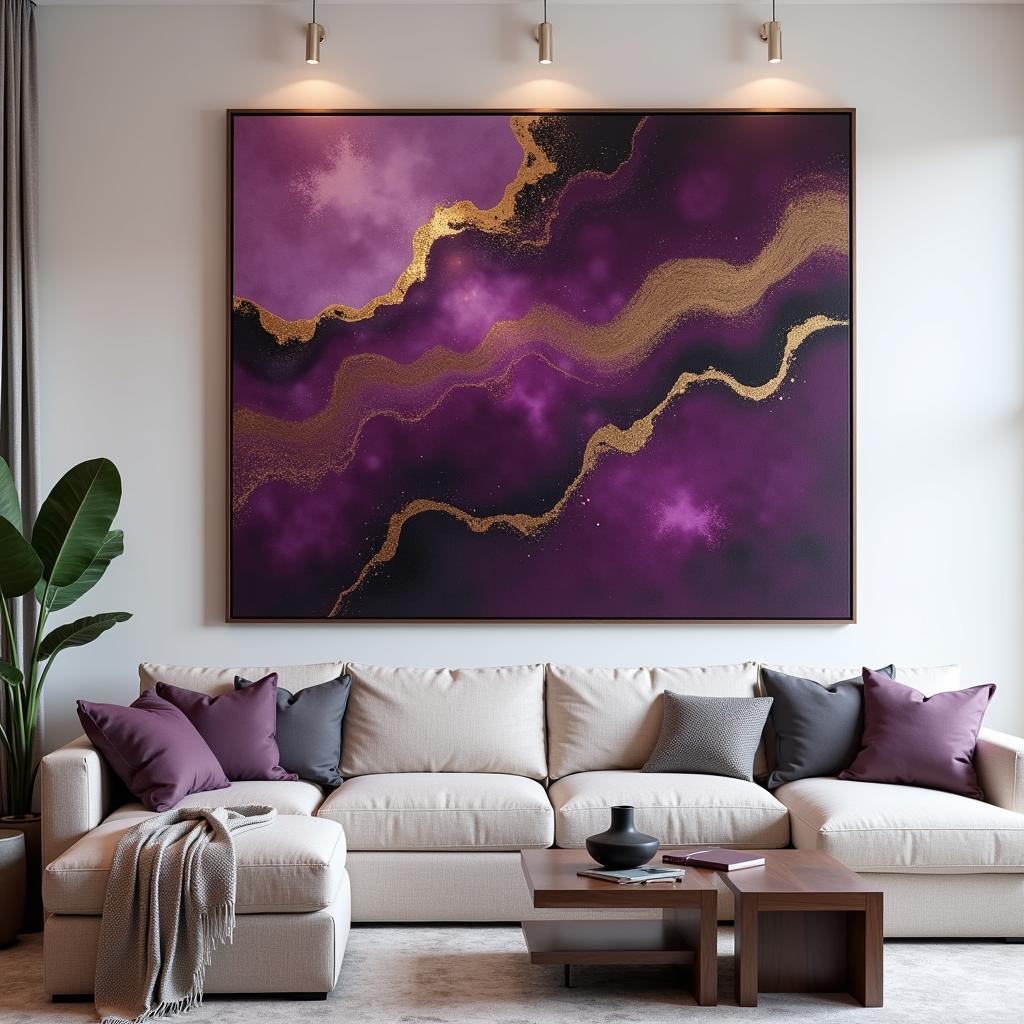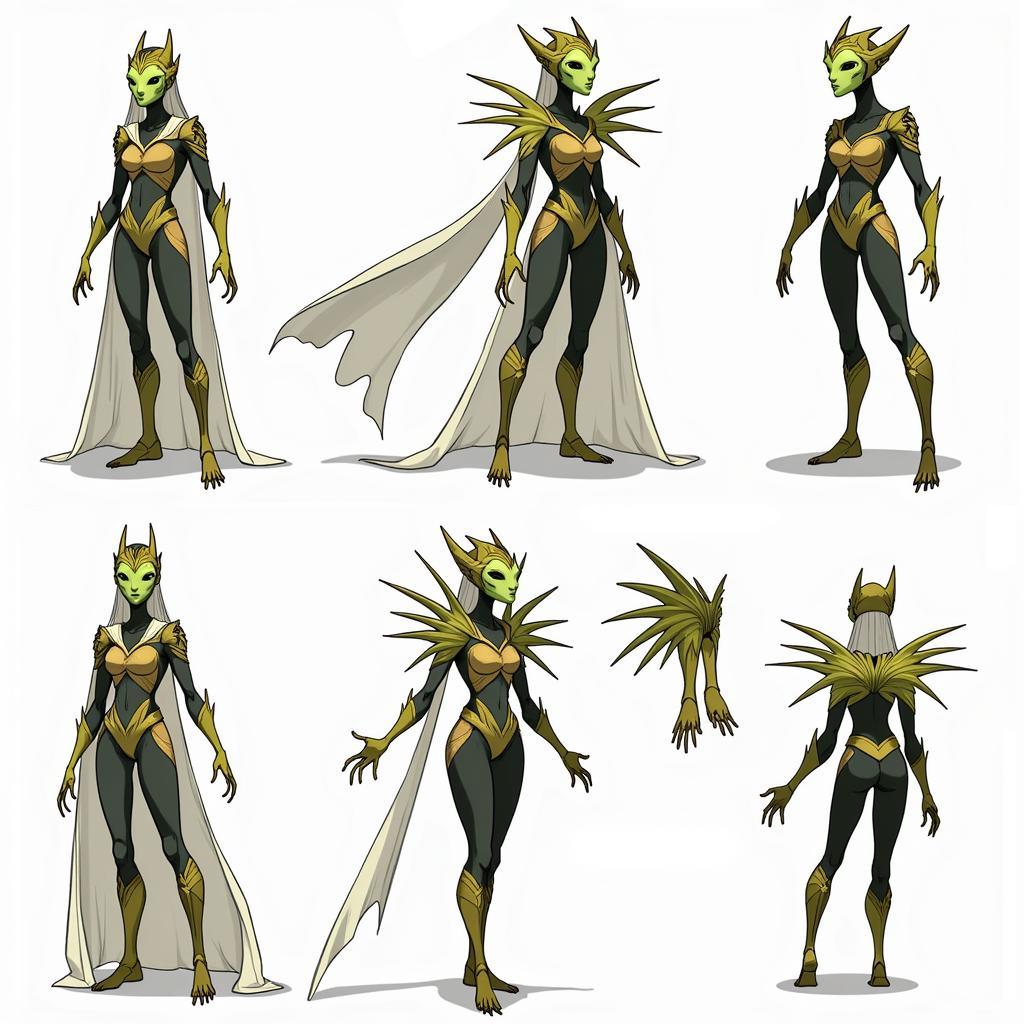Unveiling the Depths: Hell in Japanese Art
The depiction of Hell In Japanese Art, often referred to as “Jigoku” (地獄), offers a fascinating glimpse into the cultural and religious beliefs surrounding the afterlife. Far from being a mere representation of fire and brimstone, Japanese hell is a complex and nuanced realm, intricately woven with Buddhist and Shinto influences. This exploration will delve into the historical context, iconic imagery, and profound symbolism that characterize the chilling yet captivating representations of hell in Japanese art.
The Roots of Fear: Historical and Religious Context
To comprehend the artistic interpretations of hell, one must first understand the historical and religious tapestry from which they emerged. The concept of hell in Japan arrived primarily through Buddhism, which gained prominence during the 6th century. Buddhist scriptures, such as the “Lotus Sutra” and the “Kṣitigarbha Sūtra,” introduced vivid descriptions of the underworld, complete with gruesome punishments for sinners. These narratives resonated deeply within Japanese society, which already held a strong belief in spirits and the afterlife.
Over time, the Buddhist concept of hell intertwined with indigenous Shinto beliefs, giving rise to a unique Japanese interpretation. While Buddhism provided the framework of karmic retribution and reincarnation, Shintoism contributed its animistic perspective, populating the underworld with vengeful spirits and deities associated with death and the underworld.
A Glimpse into the Abyss: Iconic Imagery and Symbolism
Japanese artists, drawing inspiration from religious texts and folklore, created a visual language to depict the horrors of hell. These depictions, often found in paintings, sculptures, and woodblock prints, served both as cautionary tales and as objects of religious devotion.
Enma Daioh: The Fearsome Judge of the Underworld
At the heart of the Japanese hell lies Enma Daioh (閻魔大王), the formidable king responsible for judging the souls of the deceased. Often depicted as a fearsome giant with a wrathful expression, Enma Daioh holds court in a grand hall, surrounded by assistants who meticulously record the deeds of each soul.
The Eight Great Hells: A Realm of Eternal Torment
Japanese hell is often portrayed as a complex labyrinth comprising eight major hells, each reserved for specific sins. These hells, inspired by Buddhist cosmology, are described in gruesome detail, with punishments ranging from being boiled in cauldrons to being impaled on spears of ice.
Oni: The Demonic Torturers
No depiction of Japanese hell would be complete without the presence of Oni (鬼), fearsome demons often portrayed with red or blue skin, horns, and sharp claws. These malevolent beings serve as the jailers and torturers of the underworld, relentlessly meting out punishments to the damned.
Beyond Punishment: The Moral and Spiritual Dimensions
While the imagery of hell in Japanese art may appear frightening, it’s essential to understand its underlying purpose. These depictions served not only as a deterrent against sin but also as a reminder of the impermanence of life and the importance of seeking enlightenment.
Karmic Retribution and Reincarnation
The concept of karma, central to Buddhist teachings, plays a crucial role in the Japanese understanding of hell. It emphasizes that one’s actions in this life have direct consequences in the afterlife. Those who commit evil acts are destined for suffering in hell, while those who lead virtuous lives are reborn into more favorable realms.
The Hope for Redemption
Despite the seemingly inescapable nature of hell, Japanese Buddhism offers a glimmer of hope. Through sincere repentance and the guidance of compassionate bodhisattvas, even those condemned to hell can eventually find liberation and escape the cycle of suffering.
Hell in Modern Japanese Culture
The influence of traditional beliefs surrounding hell continues to resonate in modern Japanese culture, albeit in evolving forms. Contemporary artists and filmmakers often draw upon these themes, exploring human morality, the consequences of actions, and the enduring power of fear.
From Traditional Art to Modern Interpretations
From the chilling woodblock prints of the Edo period to the grotesque imagery in modern manga and anime, hell remains a potent symbol in Japanese visual culture. These depictions, while often drawing upon traditional iconography, reflect contemporary anxieties and societal concerns.
Conclusion
The depiction of hell in Japanese art offers a fascinating window into the cultural and religious psyche of Japan. Far from being mere horror, these representations reveal a complex understanding of morality, justice, and the afterlife. By exploring the historical context, symbolism, and evolving interpretations, we gain a deeper appreciation for the profound impact of these chilling yet captivating visions of the underworld.




